Tudor Art Exhibition: ‘Love’s Labour’s Found’ at the Philip Mould Gallery
In this month’s episode, Sarah talks to Lawrence Hendra, Director of Research from The Philip Mould Gallery. Follow Sarah’s on-site visit, as she interviews Lawrence about some of the striking Elizabethan and Jacobean portraiture included in the Love’s Labour’s Found Tudor art exhibition, which opens to the public on 21 April 2021.
According to the Philip Mould Gallery, the Love’s Labour’s Found exhibition ‘sheds new light on the practices and the production of portraits in sixteenth and early seventeenth-century Britain. Formerly misidentified sitters and previously misattributed artists govern this exhibition’s key themes of re-examination and discovery. As a continually evolving period of art history, art historians have recently benefited from improved access to unseen or overlooked documentary sources and transformative technological advances in the physical understanding of art, to produce fresh insights into the life and work of many of the artists of this era. This exhibition brings together works by well-known artists such as Nicholas Hilliard, Jean Decourt, George Gower, Isaac Oliver and William Larkin whilst shining the spotlight on lesser-known names such as Benjamin Foulon, The Master of the Countess of Warwick and Rowland Lockey. Similarly, prominent historical figures – Queen Elizabeth I, Robert Dudley (Earl of Leicester) and King Henri III of France – are hung amongst currently unnamed sitters, whose identities are still hidden within the chronicles of history.’
Please note: These show notes on Tudor art are intended to complement the relevant podcast episode, which can be found here. We highly recommend that you listen to the conversation and use this blog for reference. You will find links to relevant sources towards the end of this blog.
Tudor Art – Key Paintings in the ‘Love’s Labour’s Found’ Collection
William Arundell, by George Gower 1580
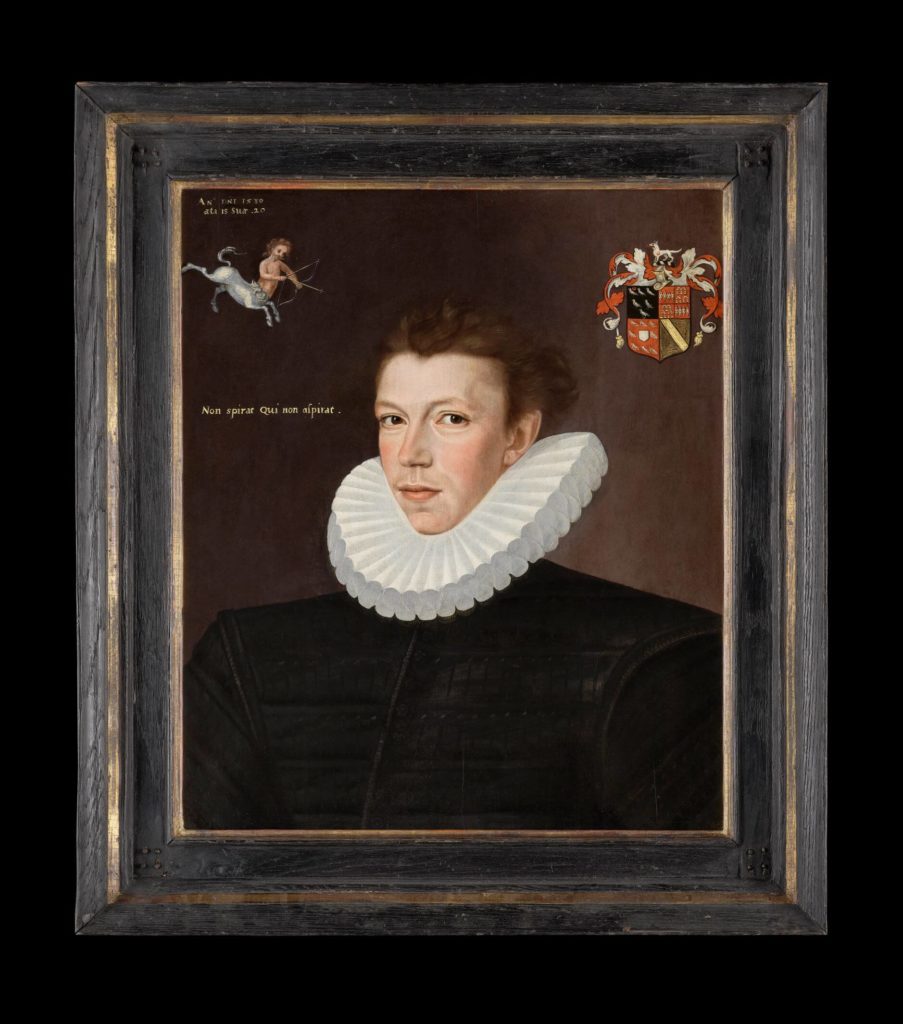
1580, Oil on panel, 23 ¾ x 20 in (60.6 x 50.9 cm), courtesy of the Philip Mould Gallery
This highly engaging and direct portrait was painted by George Gower, one of the most successful court painters of the Elizabethan period. Until recently, the sitter in this portrait was thought to be Thomas Arundell, 1st Baron Arundell of Wardour, however, recent research has confirmed that it actually depicts Thomas’s younger brother, William. The confusion occurred due to a misunderstanding of the coat of arms in the upper right corner, which shows a previously overlooked crescent-shaped ‘cadency’ mark on the crest, indicating our subject was the second son within the family.
Mary Potter by The Master of the Countess of Warwick, 1565
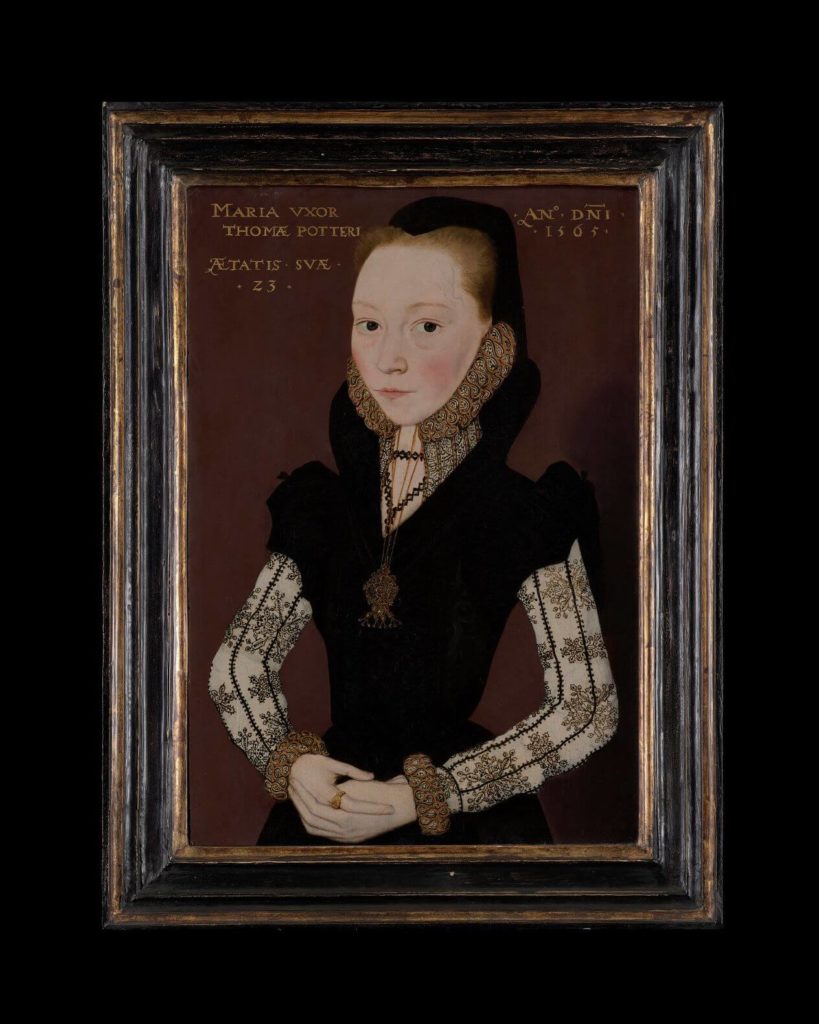
Portrait of Mary Potter (née Tichborne) (b.1541) by Master of the Countess of Warwick
1565 , Oil on Panel, 16 1/8 x 11 in (41 x 28 cm) courtesy of the Philip Mould Gallery
Occasionally, pictures survive in such good condition that they appear almost disarmingly fresh and modern, so attuned is our eye to looking at works damaged by dirt, abrasion and neglect. The present picture is an exceptional survival from the sixteenth century and is one of the finest surviving small panel portraits by an artist known today as The Master of the Countess of Warwick. Although the identity of the artist is still unknown, there are now over fifty portraits attributed to this hand of varying size and complexity. The present work is the smallest portrait so far recorded and as such holds a unique position within the artist’s oeuvre.
Richard Wingfield by Robert Peake the Elder, 1587
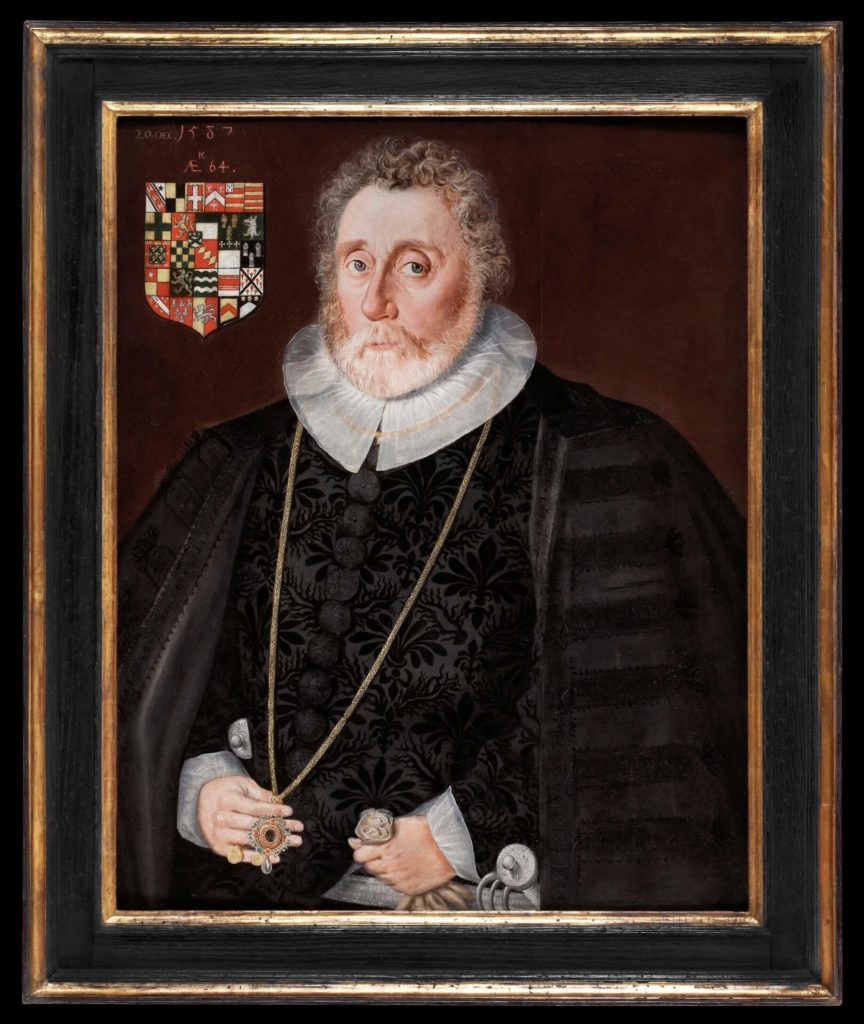
Richard Wingfield (c.1524 – 1591) by Robert Peake The Elder
1587, Oil on panel, 31 x 25 ¾ in. (78.6 x 65.5 cm) courtesy of the Philip Mould Gallery
Over the passage of time a sitter’s true identity can often get lost. Until recently, an inscription in the upper right corner of this portrait identified the sitter as Humphrey Wingfield, a prominent lawyer and legal advisor to Henry VIII. However, recent research into the armorial bearings shown the upper left corner of the portrait reveal the sitter is, in fact, Humphrey’s great-nephew Richard Wingfield, a wealthy politician and landowner from Suffolk. This work is one of the earliest portraits attributed to Peake’s hand and fits stylistically into a group of portraits he painted in the late 1580s and early 1590s. These works can be distinguished by their intense realism and smooth, confident application of paint, showing a distinct departure from the more precise, linear approach taken by the artists of the previous generation such as The Master of the Countess of Warwick and George Gower.
Robert Dudley, Earl of Leicester by English School, c. 1562
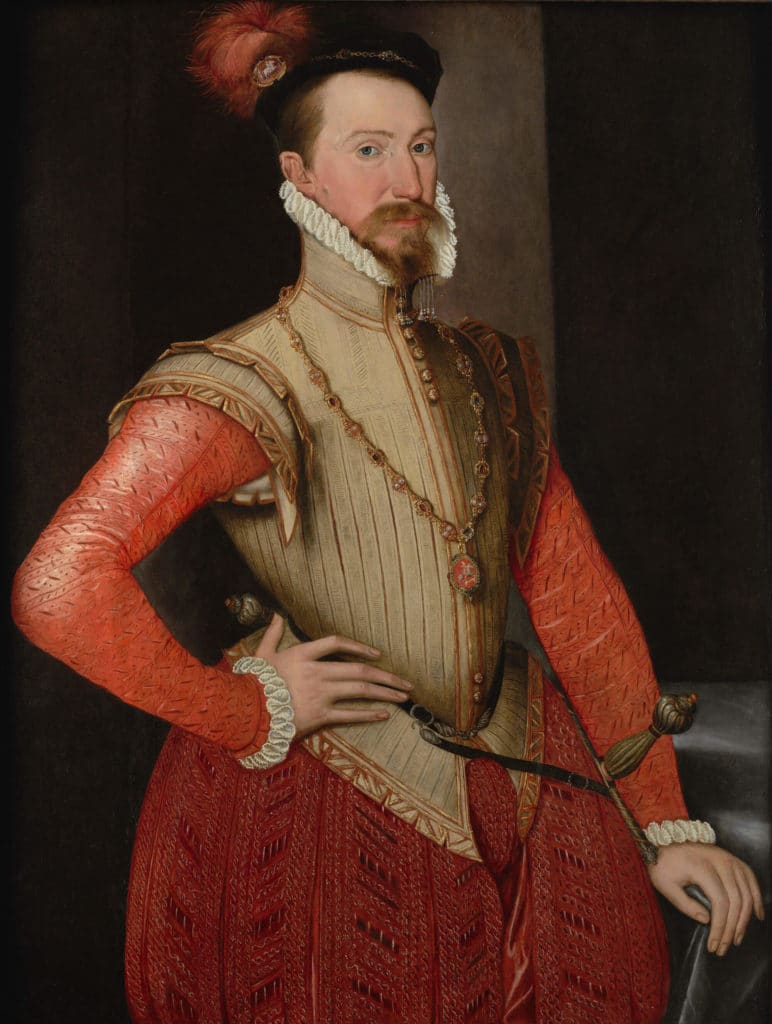
Portrait of Robert Dudley, Earl of Leicester (1532-1588) by English School
c.1562, Oil on panel, 45 x 34 in (114 x 86 cm) courtesy of the Philip Mould Gallery
Robert Dudley, Earl of Leicester was one of the most prominent figures of the Elizabethan age and a highly influential patron of the arts. He was the favourite of Elizabeth I from her accession in 1558 until his death in 1588 and their close relationship was the subject of great suspicion and intrigue. Powerful, self-admiring and proud, it is Leicester’s ego that seems to have been the driving force behind the creation of this portrait-type which was the first within his iconography to be disseminated in multiple versions. This portrait appears to have been painted in the workshop of Steven van der Meulen, a highly talented painter from Flanders who by 1560 was living and working in England. If you would like to learn more about another famous piece of Tudor art associated with Robert Dudley, thought to be one in a matching pair, head over to my blog here.
Tudor Art: Some Essential Links
For more information, see the Exhibitions page on the Philip Mould & Company website here. All images copyright of the Philip Mould Gallery and grateful thanks are given for their us here.

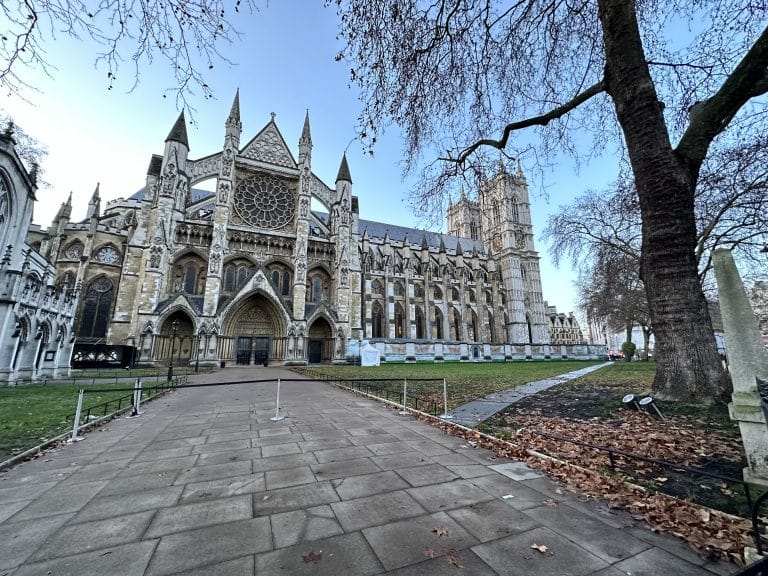
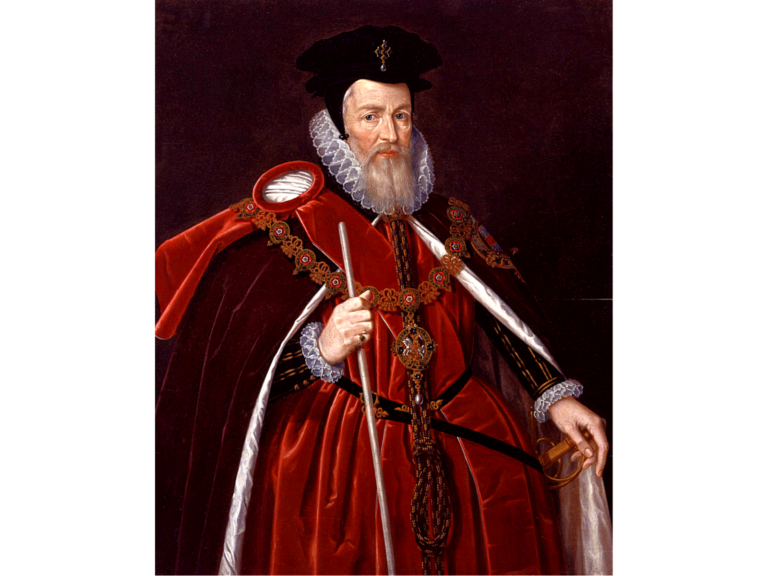
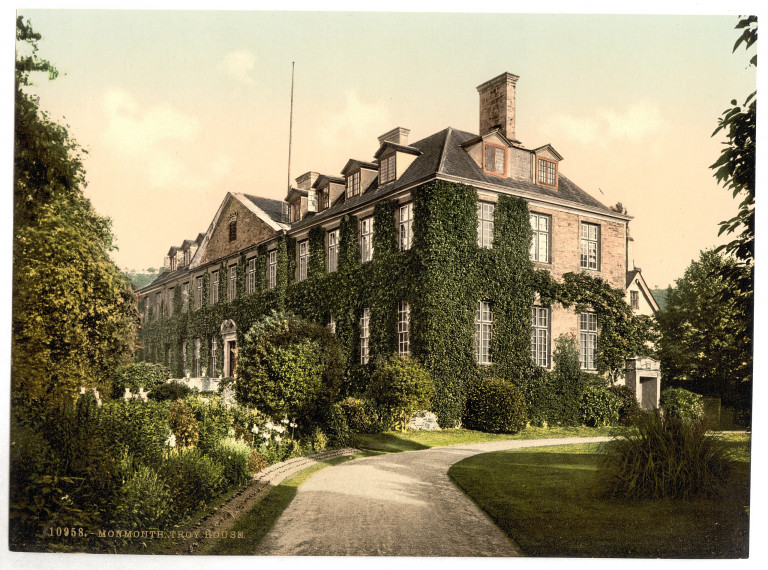
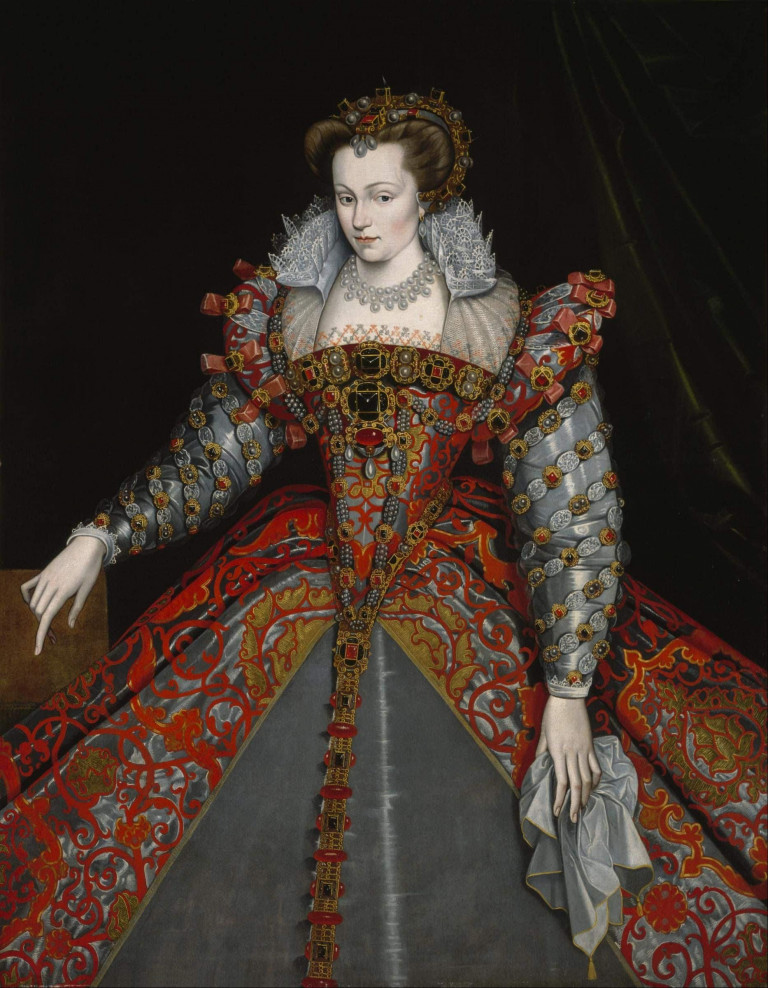
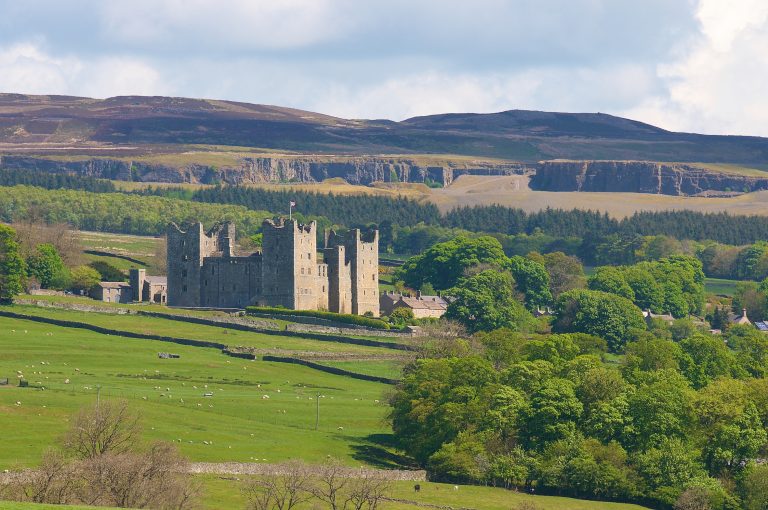
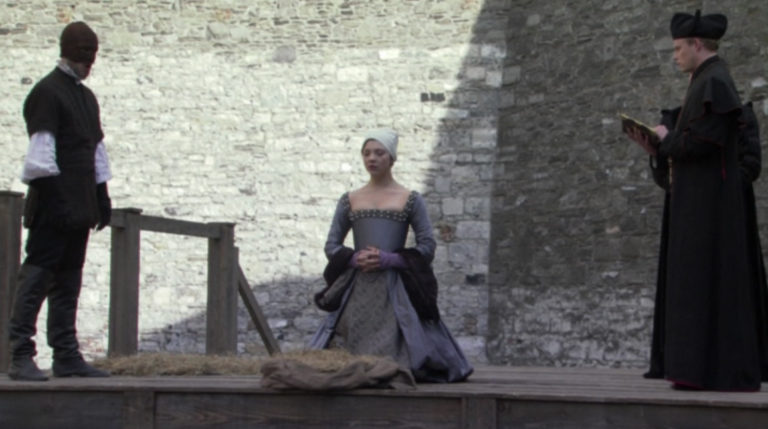
Just listening to the brilliant podcast. Little error above. George Gower and William Arundel the wrong way round!
Thank you! Glad you enjoyed it and error corrected!
Thank you Sarah for another fascinating blog & podcast. I wondered who was the subject of the miniature at the top of your blog. Is it Elizabeth?
Do you know, I am not really sure. It might well be. I’d need to check in with Emma who gave me the image.
A brilliant blog and podcast! Very interesting and another example of modern scholarship illuminating a very difficult subject. I thoroughly enjoyed this!
Thank you SO much, Mark!
Art history is one of my favourite subjects . I did art history A level as part of my art foundation course. Every week before the art history lecture began we had to compare 2 paintings and talk about the differences in the painting techniques ,iconography and subject matter . So this particular podcast took me right back to my youth ! I throughly enjoyed this one and if and when we can travel I’d love to catch the exhibition . Thank you Sarah
I can highly recommend it – even if just for standing in front of the glorious portrait of Robert Dudley – quite something! Thanks for posting, Lisa.